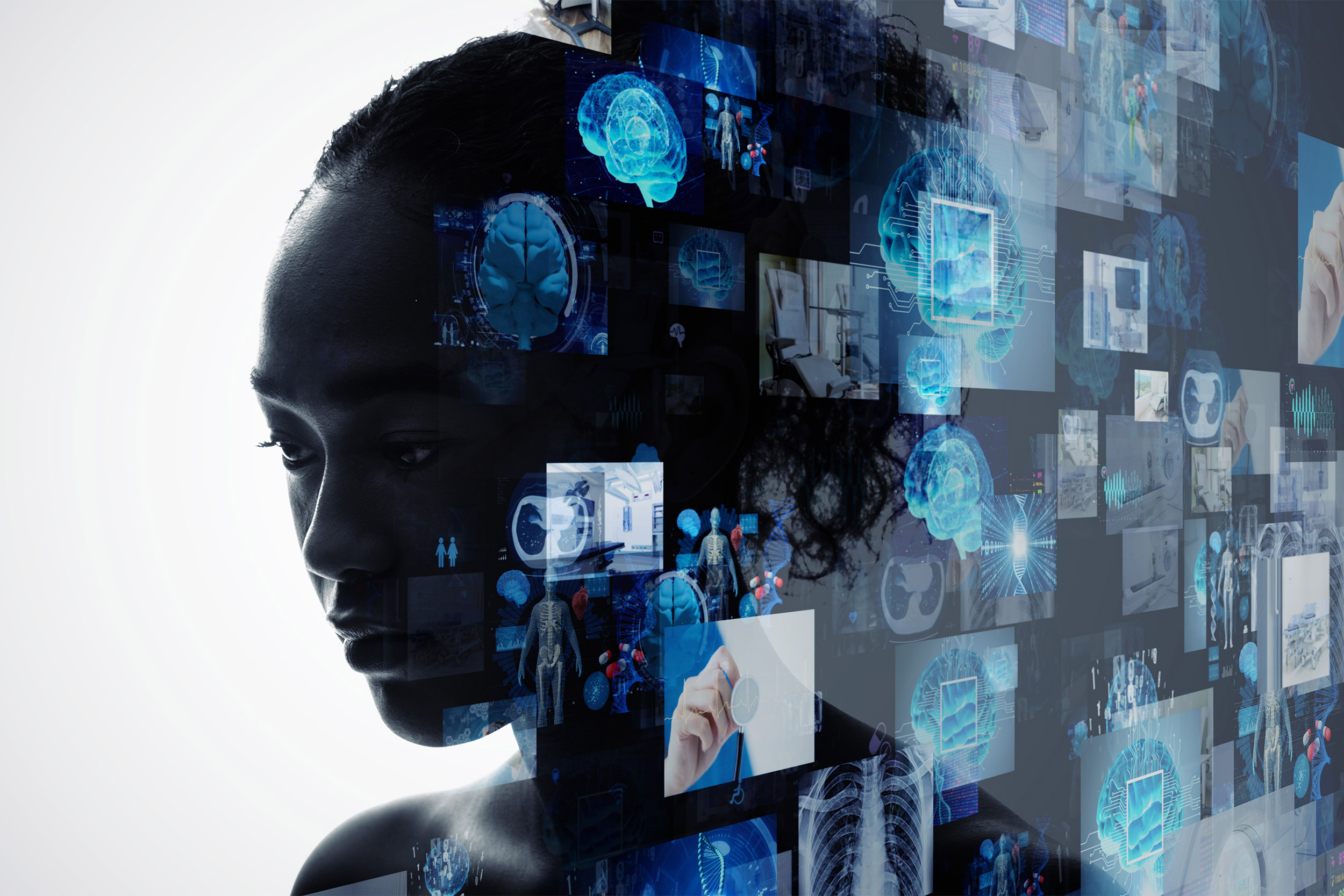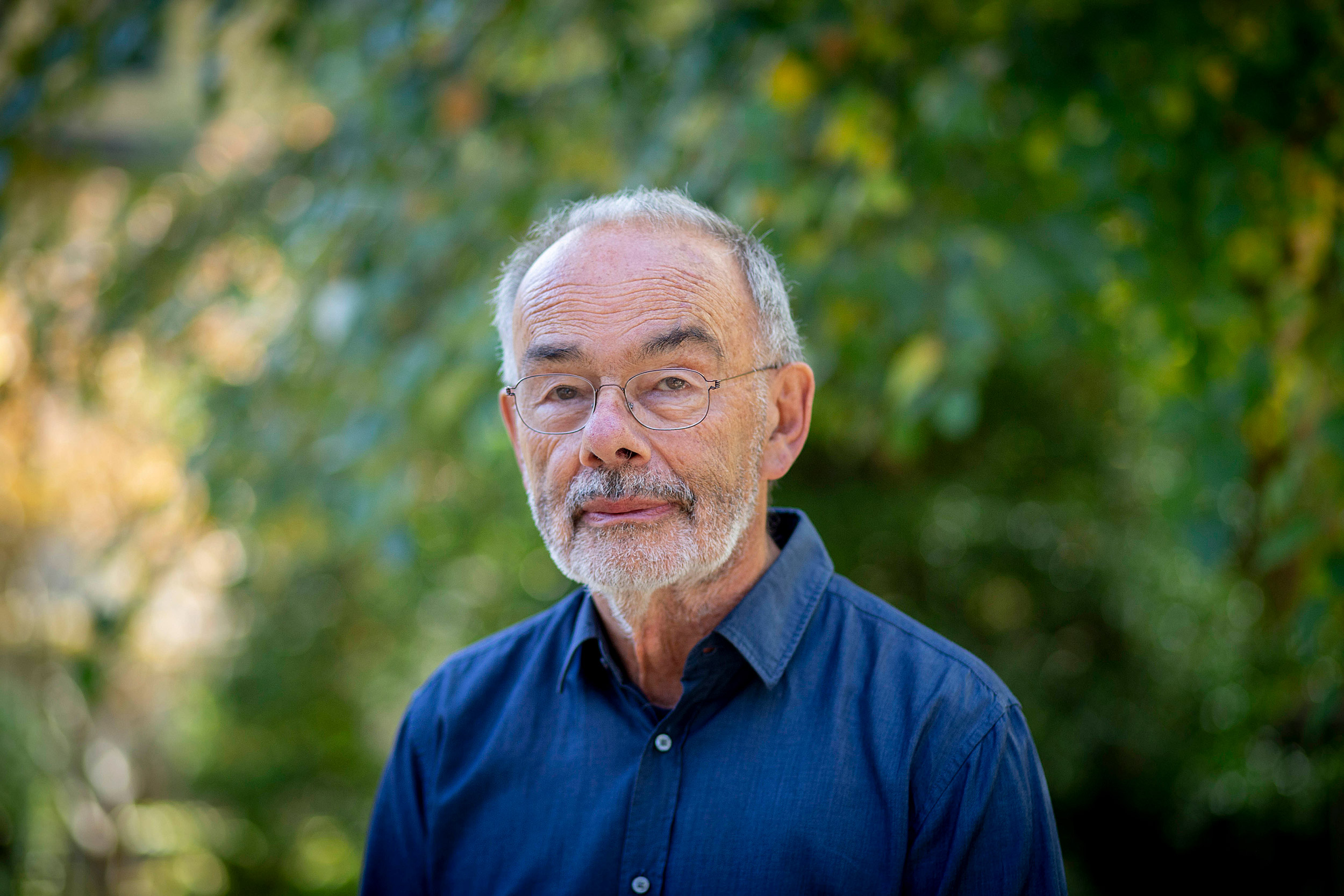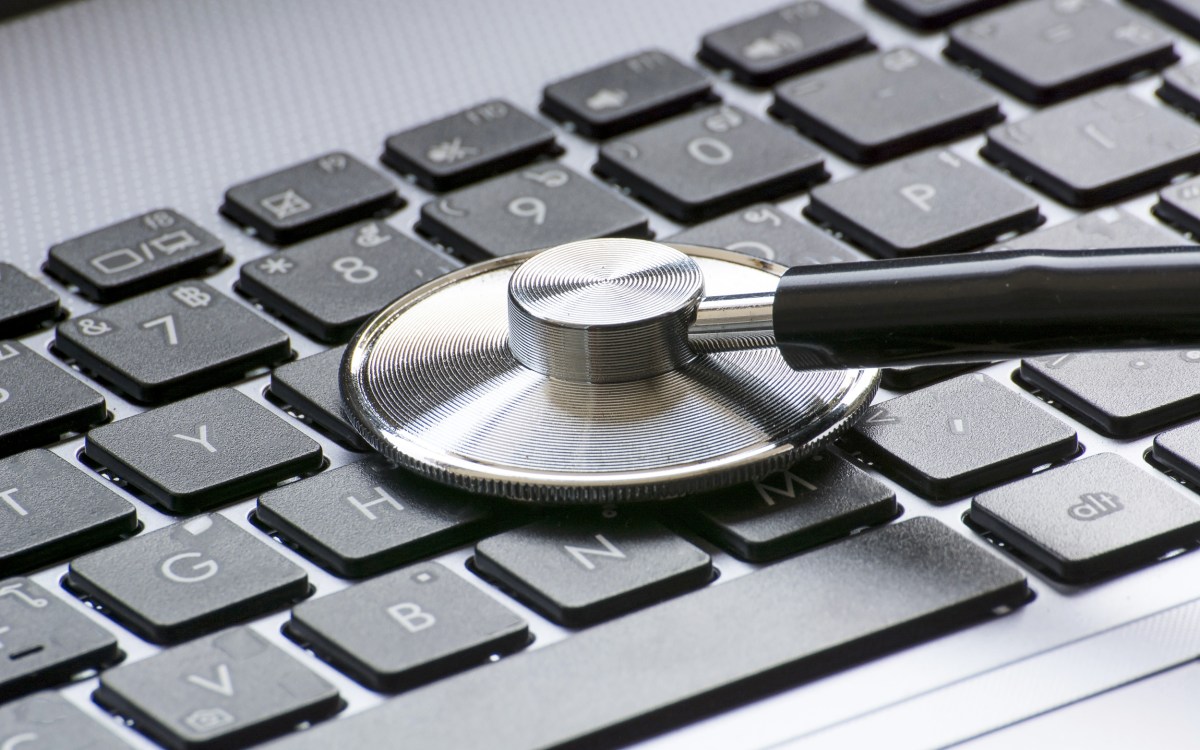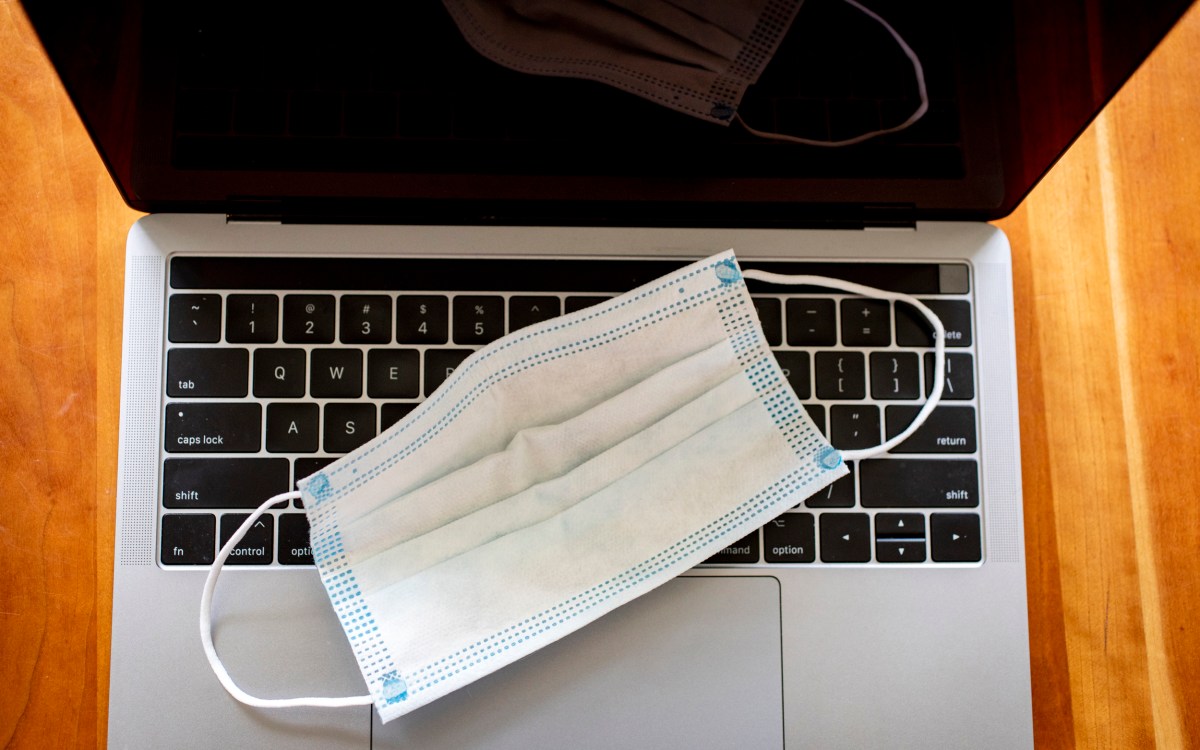
iStock by Getty Images
Knowing what the doctor knows
Physician supports giving patients greater access to records, pushing back on concerns about potential impact of a scary diagnosis
Last month, federal rules enacting the 21st Century Cures Act mandated that health care providers give patients greater access to their records in digital format. The requirement has not been universally welcomed. Some health professionals worry that a patient facing a tough diagnosis will miss the counsel and context a physician can provide.
Tom Delbanco, the John F. Keane and Family Professor of Medicine at Harvard Medical School and Beth Israel Deaconess Medical Center, is a pioneer in the “open notes” movement, having supported greater access to medical records since the 1970s, when a frank conversation with a patient led to a turnaround in care. In 2010, he partnered with Associate Professor of Medicine Jan Walker to launch OpenNotes, a nonprofit that supports research and education into the benefits of open medical records. We spoke with Delbanco about patient access to notes in a conversation edited for clarity and length.
Q&A
Tom Delbanco
GAZETTE: Coverage of the change has not been particularly favorable. I’ve seen anecdotes where patients get blindsided by test results that haven’t been filtered by their physicians.
DELBANCO: The irony is that this is nothing new. Patient portals began to emerge about 2000. One of the first was at Beth Israel Hospital. From the start they offered patients the ability to send private emails to providers and rapid, password-protected access to data, including much of their lab work. But most providers offered portals that did make some exceptions. Results of CT scans, MRIs, cardiac monitoring, and pathology reports were often embargoed for some period of time. But overall, if you got your blood drawn and were anemic, you could find out well before your doctor did.
The movement toward transparency is like a new medicine: It’s designed to help the vast majority of people. You, the patient, should use your own judgment. You may not want to look right away; you may want to wait for the doctor to call.
GAZETTE: The debate over medical records goes back decades. How did we get to where we are today?
DELBANCO: When I became a doctor, the medical record was basically mine, designed to describe and help me remember the patient, to share with my colleagues, for insurers to make sure I was billing correctly, and, in some cases, for quality-assurance experts to make sure I was taking decent care of my patients. But it was decidedly not designed to be shared with patients or their families. In 1973, a pediatrician and a social scientist writing in the New England Journal of Medicine suggested strongly that we share medical records with our patients. Shortly thereafter, I had what for me was a sentinel event. A patient who worked as a printer was referred to me for consultation for blood pressure that was out of control. As I took his history, I learned he wasn’t getting along with his wife, sex wasn’t working so well, he was yelling at the kids and having arguments at work. He smoked. He told me that he also drank a couple of beers a day. I said to him, “Mr. A, it seems to me a couple of things: One is that because you’re a printer you can read things upside down, so you can read what I’m writing. Isn’t that correct?” He said, “Yes, that’s correct, doctor.” I said, “I’m struggling with whether I should write down ‘alcohol abuse.’ I don’t believe that you just have two beers a day, because everything you’re telling me, along with your blood pressure, adds up to somebody who’s in trouble with alcohol.” And he was silent for about 30 seconds. Then, he said, “I guess you better write it down, doctor.”
That led to a real change in his care and in his life, and it rang a bell in my head. I began sharing records with my patients. Then Jan and I went to the Robert Wood Johnson Foundation in 2008, and said, “We’d like to do an experiment in which doctors share records with their patients.” They gambled on us, and now we’ve gone from 10,000 patients in our first experiment, in 2010, to a national mandate. We’re really part of an international movement. In England, open notes are about to be released nationally. Sweden is already doing it. Estonia was the first country to offer open notes to everyone. We are participating in a real change in the fabric of care, mirroring the general trend toward transparency in many enterprises.
“Studies also show that you forget half of what happened in the office, because for so many of us it’s such a stressful situation,” said Tom Delbanco. “Now you can go home, look at your notes and remember, ‘That’s the test I’m supposed to schedule. That’s the medicine I’ve agreed to take.’”
Rose Lincoln/Harvard file photo

GAZETTE: Is this mainly a moral stand, or have studies shown that outcomes are better?
DELBANCO: One rationale is indeed that, “It’s the right thing to do.” Another is that there’s mounting evidence that it can affect processes and outcomes in a positive way. For example, more than 60 percent of patients who read their notes reported that they understood their medications better, and a full 14 percent of them in a pretty extensive study reported taking them better. That has enormous implications. Changing patient adherence to medicines is one of our biggest challenges. Moreover, open notes can also increase patients’ safety. Quite a few report finding important mistakes that a clinician has made. By being aware and alerting them to errors, they may prevent a real disaster. Studies also show that you forget half of what happened in the office, because for so many of us it’s such a stressful situation. Now you can go home, look at your notes and remember, “That’s the test I’m supposed to schedule. That’s the medicine I’ve agreed to take.”
But we don’t have clear evidence that your blood pressure will go down or that your sugars will be better if you read your notes. Designing a study to ask that question crisply is not an easy challenge.
GAZETTE: Records can still be withheld when a doctor is worried about the potential for self-harm. Are there other examples?
DELBANCO: The rules state you have a right to hide data from patients in certain circumstances [including amid concerns about self-harm]. For example, if I’m worried that a woman may be being abused, and that she might go home, look at my note, and the abuser may look over her shoulder, I can keep my suspicions out of her record. I can block that note or I could write something elsewhere. Adolescents are another example. State laws regulate what parents can see in terms of adolescent health records and what adolescents can see without their parents knowing. People also often ask, “What about mental illness?” Psychotherapy notes can be excluded, but more and more therapists are sharing their notes with patients.
GAZETTE: Has this movement changed how doctors write notes?
DELBANCO: About two-thirds of the doctors say they’re writing somewhat different notes. They report they’re more patient-centric, more patient-directed. If I write “SOB,” to me that means “shortness of breath,” but to you, it likely means something else. Clinicians are trying to not be judgmental and to be more conscious of health literacy, racial issues, labeling, stigma, and bias. I’m sure that open records will lead to change and that it will be good for almost all concerned. We’ve gotten a grant from the Macy Foundation and a private donor to teach Harvard medical students how to write open notes well, right from the start. We’re trying to educate health professionals to write more caring, more patient-centric, more patient-sensitive notes. We should be doing that anyway. And we certainly should be doing it if they’re going to be reading them.








